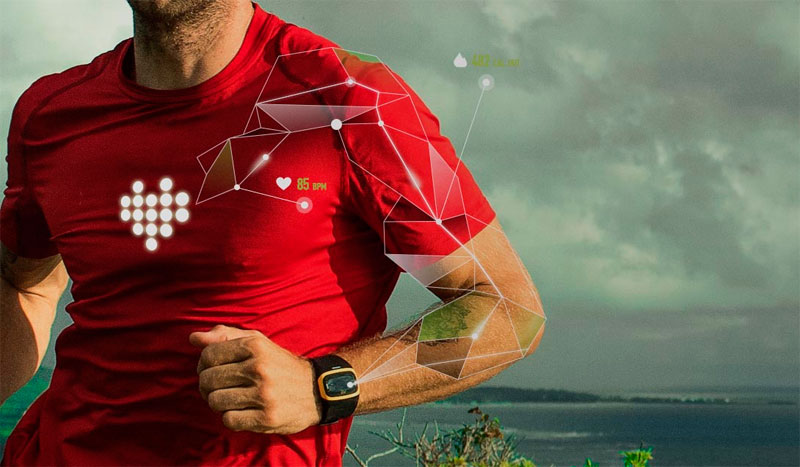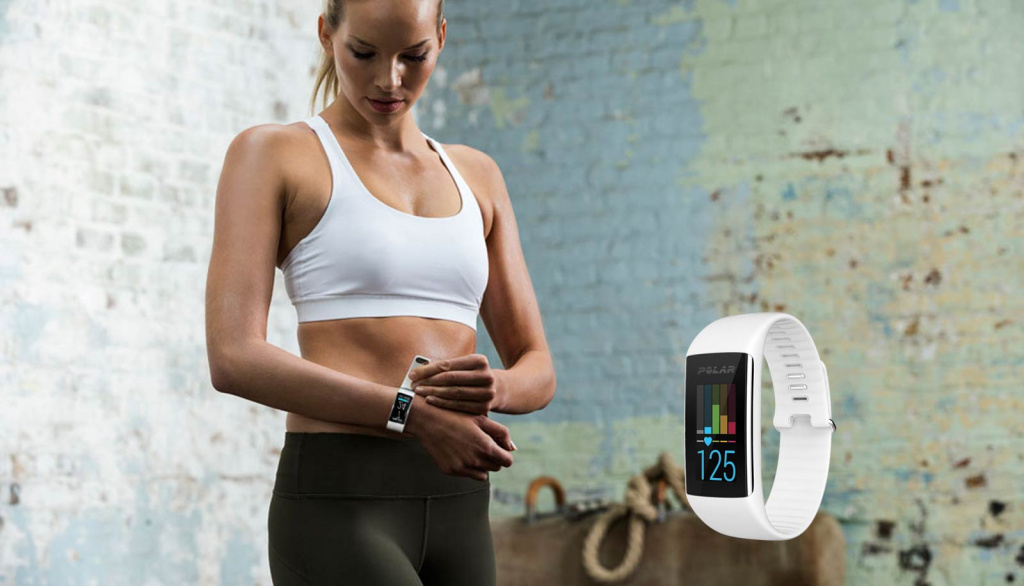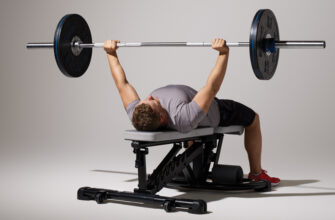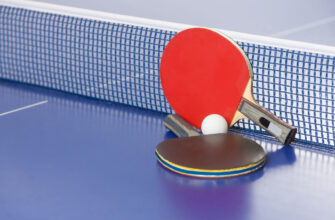When choosing a heart rate monitor, you should pay attention first of all to the intended use (sports in which it is planned to track the heart rate).

- How to choose a heart rate monitor: basic criteria
- Types of heart rate monitors
- Chest heart rate monitors with wireless module
- Chest straps with watch
- Heart rate monitors in watch format
- Which to choose?
- Choosing a heart rate monitor for running
- The main criteria for choosing a heart rate monitor
- Photometric sensor sensitivity and measurement accuracy
- Battery life and charging method
- Having a 'bundle' with the phone
- Additional functions
- Top manufacturers
How to choose a heart rate monitor: basic criteria
The most important characteristics when choosing a heart rate monitor are:
-
Type (location) of the heart rate monitor;
-
Photometric sensor sensitivity;
-
Battery life and charging method;
-
The presence of a 'bundle' with the phone;
-
Additional functionality.
-
The manufacturer is also important.
Types of heart rate monitors
By the type of placement and design, sports heart rate monitors are divided into three types:
-
Chest straps with wireless module;
-
Lapel pin with watch;
-
Wrist Watch).
Chest heart rate monitors with wireless module

Such devices consist of two functional elements – an elastic strap and a heart rate (HR) sensor. As the name implies, they are placed directly on the chest. Moreover, the heart rate sensor is installed in such a way as to analyze the frequency of heart contractions directly. This ensures maximum measurement accuracy.
Heart rate data is transmitted wirelessly Bluetooth directly to your smartphone. Thanks to this, a special mobile application records the measurement history and warns of an increase in heart rate with a sound signal or vibration. The disadvantage is that you have to carry your smartphone with you at all times – for example, by placing it in a belt on your shoulder, wrist or belt.
Before purchasing such a heart rate monitor, you should make sure that the smartphone you are using will be compatible with it. Almost all sports devices require a 'companion device' to run Android 4.0, iOS 9.0 or later, and support at least Bluetooth 4.0. However, all smartphones released after 2012 meet these requirements.
Chest straps with watch

From a design point of view, this type of heart rate monitor does not differ from the previous one – the heart rate sensor is placed on an elastic strap and must be worn on the chest. However, information about the heart rate is not sent to the connected smartphone, but to a special remote display made in the form factor of a wristwatch. The device warns of extremely high heart rate by means of vibration.
This type of heart rate monitor has two advantages over the previous one. First, to view your current heart rate, simply look down at your wrist. Secondly, the autonomy of these heart rate monitors is very high – up to several weeks from one battery (usually CR batteries are used).
The disadvantage of this type of heart rate monitor is the lack of measurement history. Or it exists, but in a short-term period – on the order of several days. All data about the measured heart rate are stored in the memory of the external display, and it is usually very small.
Heart rate monitors in watch format

The heart rate watch uses a photometric method of calculating heart rate. A special module constantly shines through the skin and analyzes the pulse according to the characteristics of the reflected light. This technology is found not only in sports wrist heart rate monitors, but also in some fitness bracelets, smartwatches and similar companion devices.
The main advantage of heart rate monitors made in this form factor is ease of use. They do not hinder movement at all, unlike chest straps, and are not felt on the wrist due to their low weight.
However, the measurement accuracy may not be too high. The quality of photometric heart rate analysis varies depending on skin tone, epidermis condition, sweating degree and even device location. Therefore, watch-format wrist heart rate monitors are suitable only for beginner athletes who avoid serious physical exertion 'at the limit of endurance'.
Which to choose?
The choice of the device form factor is determined by the planned physical activity:
-
For fitness, morning and evening jogging, regular easy workouts (for example, sports matches), a wrist heart rate monitor is suitable. It does not hinder movement, and possible inaccuracy in determining the pulse is compensated by a low level of load;
-
For marathon races, active sports or extreme recreation – a chest heart rate monitor with a portable display clock;
-
For cross-fit, intense sports, exhausting races and similar physical exercises with a high level of training of the athlete himself – a chest heart rate monitor with a wireless module.
-
The chest strap heart rate monitor with an external watch-display, thanks to its accuracy and high data transmission speed, is suitable for amateur athletes who have just started to engage in vigorous physical activity. Models with a wireless module are best suited for enduring athletes who do not need constant heart rate monitoring and warning about exceeding a safe parameter.
Choosing a heart rate monitor for running
Optical wrist heart rate monitors with a tight-fitting strap are recommended for running. Chest straps can constrict the chest, leading to shortness of breath.
The main criteria for choosing a heart rate monitor

Photometric sensor sensitivity and measurement accuracy
This is the most important parameter for optical heart rate monitors: those that are placed on the wrist and use plethysmography technology. Unfortunately, manufacturers rarely indicate sensor specifications and measurement accuracy. So you have to rely on feedback from satisfied – or dissatisfied – users.
In general, to be fair, the accuracy of plethysmographic heart rate measurement is good enough for most users. Indicators can vary within plus or minus 5 beats per minute, which is not particularly critical. Manufacturers of sports heart rate monitors use high-quality sensors that are tight to the skin and are sensitive to optical changes.
Unfortunately, the same cannot be said about most fitness bracelets in the ultra-budget price segment. Therefore, if high accuracy of heart rate measurement is required, it is recommended to pay attention to sports heart rate monitors, and not analogs.
If you require greater sensitivity (down to absolute accuracy), we recommend choosing any type of chest heart rate monitor.
Battery life and charging method
In most cases, wrist optical heart rate monitors and chest straps with a wireless module are equipped with a built-in battery. Its capacity directly determines the battery life of the device. Accordingly, the higher it is, the better. But this is a comparative characteristic (i.e. you should pay attention to it only when choosing between two heart rate monitors).
The heart rate monitors with a built-in battery are charged through the corresponding complete power supply, which can be connected to the device with either a Micro-USB cable or some proprietary one. The first option is preferable, since there are plenty of such chargers on the market.
External display heart rate monitors in watch form factors are typically powered by CR batteries, also known as 'flat watches'. Their capacity is sufficient for several weeks of regular use of the device. Then, of course, the batteries will have to be replaced.
Having a 'bundle' with the phone
Connecting to the phone by Bluetooth is a rather useful function. Thanks to it, you can collect statistics on the dynamics of heart rate over a long period and track changes in heart rate at the same loads.
Heart rate monitors that support phone connectivity are suitable for people suffering from any kind of heart disease (to change physical activity, decrease or increase it), as well as simply lovers of statistics.
Additional functions
Among the most useful additional functions are:
-
Waterproof case. It is important for fans of extreme sports, as well as those who are not afraid of a workout in bad weather;
-
The presence of a GPS module. Important for accurate tracking of runs, marathons and other physical activities that involve moving long distances;
-
Recognition of cardio zones. Found only in chest heart rate monitors. It is important for people with angina pectoris, tachycardia and similar heart diseases, in which the heart rate changes due to problems in a particular area of the heart;
-
Recognition of types of activity. Such heart rate monitors independently analyze user behavior and distinguish, for example, running from cycling. The function is useful for people who collect all information about physical activity.
-
Among the 'highly specialized' useful functions are body temperature measurement, galvanic skin response sensors, sweating level analysis, integration with ecosystems Runtastic, Endomondo, Google Fit, Apple Health, etc.
Top manufacturers
Among the manufacturers of heart rate monitors are:
-
Runtastic. Renowned for its sports ecosystem manufacturer;
-
Polar. Produces sports accessories;
-
Nexx, YouWell, Sigma, iSport. High quality, but inexpensive heart rate monitors;
-
Mio, Fitbit. The best heart rate monitors in a watch form factor.
In the following articles, our experts will tell you how to choose Nordic walking poles and the secrets of choosing a fitness bracelet.
Attention! This material is the subjective opinion of the authors of the project and is not a purchase guide.









